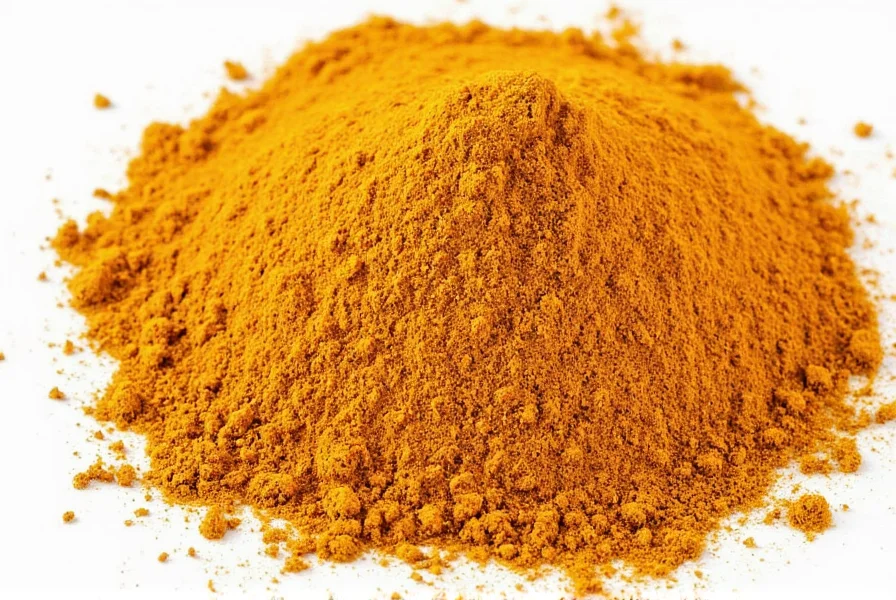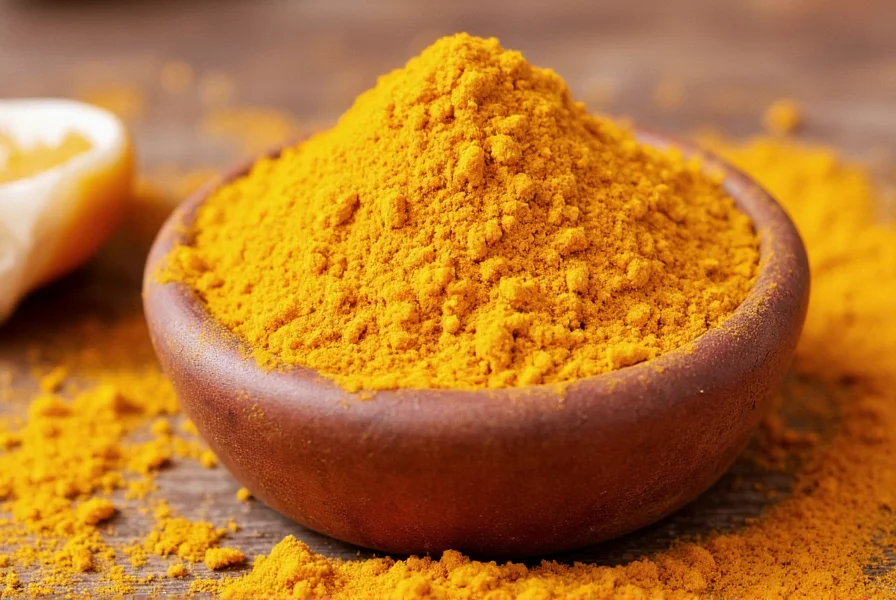Understanding what is curry powder requires recognizing it as a Western interpretation of South Asian spice traditions. This versatile blend brings warmth, color, and depth to dishes across global cuisines. While turmeric provides its signature golden hue, the precise composition varies widely depending on regional preferences and culinary applications.
The Historical Origins of Curry Powder
Curry powder emerged during the 18th and 19th centuries as British colonists in India sought to simplify the complex array of spices used in regional Indian cooking. British merchants began selling pre-mixed spice blends labeled as "curry powder" to recreate Indian flavors back in England. This commercialization transformed what was traditionally a fresh, made-to-order spice mixture into a shelf-stable product that spread globally.
It's important to note that in India, the term "curry" itself is somewhat of a misnomer. The word likely derives from the Tamil word "kari," meaning sauce or relish, but Indian cuisine features hundreds of distinct regional dishes with unique spice combinations rather than a single "curry" preparation.
Core Ingredients in Curry Powder Blends
While recipes vary, most curry powder blends contain these essential components:
| Primary Spice | Flavor Profile | Percentage in Blend |
|---|---|---|
| Turmeric | Earthy, slightly bitter | 20-30% |
| Coriander | Citrusy, floral | 15-25% |
| Cumin | Warm, nutty | 10-20% |
| Fenugreek | Sweet, maple-like | 5-15% |
| Additional Spices | Varies by blend | 10-30% |
The exact proportions determine whether a curry powder is mild, medium, or hot. Commercial blends often include additional ingredients like chili powder, mustard seeds, garlic powder, ginger, cardamom, cloves, and black pepper to create distinctive flavor profiles.

Regional Variations of Curry Powder
Curry powder isn't a one-size-fits-all seasoning. Different regions have developed their own distinctive blends:
- British curry powder - Typically milder with higher turmeric content, developed for British palates
- Madras curry powder - Features higher chili content for noticeable heat
- Jamaican curry powder - Contains allspice and sometimes Scotch bonnet peppers
- Thai curry powder - Often includes lemongrass, galangal, and kaffir lime
- Japanese curry powder - Sweeter blend often used in roux-based curries
When exploring what curry powder is made of, it's crucial to recognize these regional differences. Each variation serves specific culinary purposes and pairs best with certain ingredients.
Practical Culinary Applications
Knowing how to use curry powder properly elevates your cooking significantly. Here are professional techniques:
- Bloom in oil - Heat curry powder in oil or ghee for 30-60 seconds before adding other ingredients to unlock flavors
- Marinade base - Combine with yogurt or oil for meats, vegetables, or tofu
- Soup and stew enhancement - Add during cooking for depth, not just at the end
- Rub for roasted vegetables - Toss with root vegetables before roasting
- Custom blending - Adjust ratios to suit your taste preferences
For best results when cooking with curry powder, store it in an airtight container away from light and heat. Whole spices maintain freshness longer than pre-ground blends, so consider making your own for superior flavor.
Curry Powder vs. Other Curry Forms
Many confuse curry powder with other curry preparations. Understanding these differences is essential:
- Curry powder - Dry spice blend, shelf-stable, used as seasoning
- Curry paste - Wet mixture containing fresh ingredients like lemongrass, galangal, and chilies (common in Thai cuisine)
- Curry leaves - Fresh or dried leaves from the curry tree, used as aromatic in South Indian cooking
- Curry sauce - Prepared liquid base containing spices, coconut milk, or tomatoes
When examining the difference between curry powder and curry paste, remember that powder offers convenience while paste provides fresher, more complex flavors. Neither is inherently superior—they serve different culinary purposes.

Common Misconceptions About Curry Powder
Several myths persist about this versatile spice blend:
- Myth: Curry powder is authentically Indian
- Reality: It's a British colonial invention; traditional Indian cooking uses fresh spice blends
- Myth: All curry powders taste the same
- Reality: Regional variations create dramatically different flavor profiles
- Myth: Curry powder is extremely hot
- Reality: Most commercial blends are mild; heat comes from additional chilies
Understanding what curry powder really is helps cooks use it more effectively in their culinary creations.
Creating Your Own Custom Curry Powder
For superior flavor, consider making your own blend. Start with this basic recipe:
- ¼ cup coriander seeds
- 2 tablespoons cumin seeds
- 1½ tablespoons turmeric powder
- 1 tablespoon fenugreek seeds
- 1 teaspoon mustard seeds
- 1 teaspoon black peppercorns
- ½ teaspoon cardamom pods
- ½ teaspoon whole cloves
Toast whole spices in a dry pan until fragrant, then grind with turmeric. Store in an airtight container for up to 3 months. Adjust ratios to create mild, medium, or hot blends based on your preferences.










 浙公网安备
33010002000092号
浙公网安备
33010002000092号 浙B2-20120091-4
浙B2-20120091-4